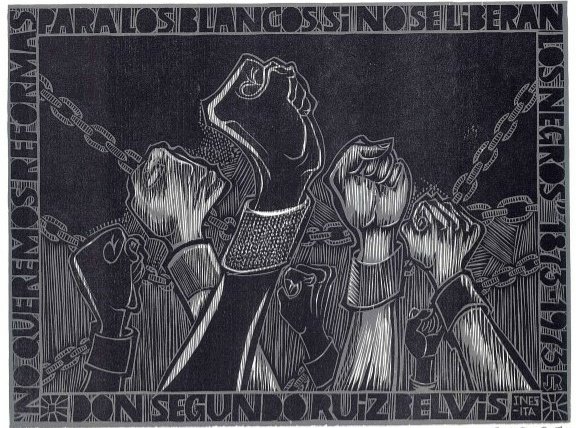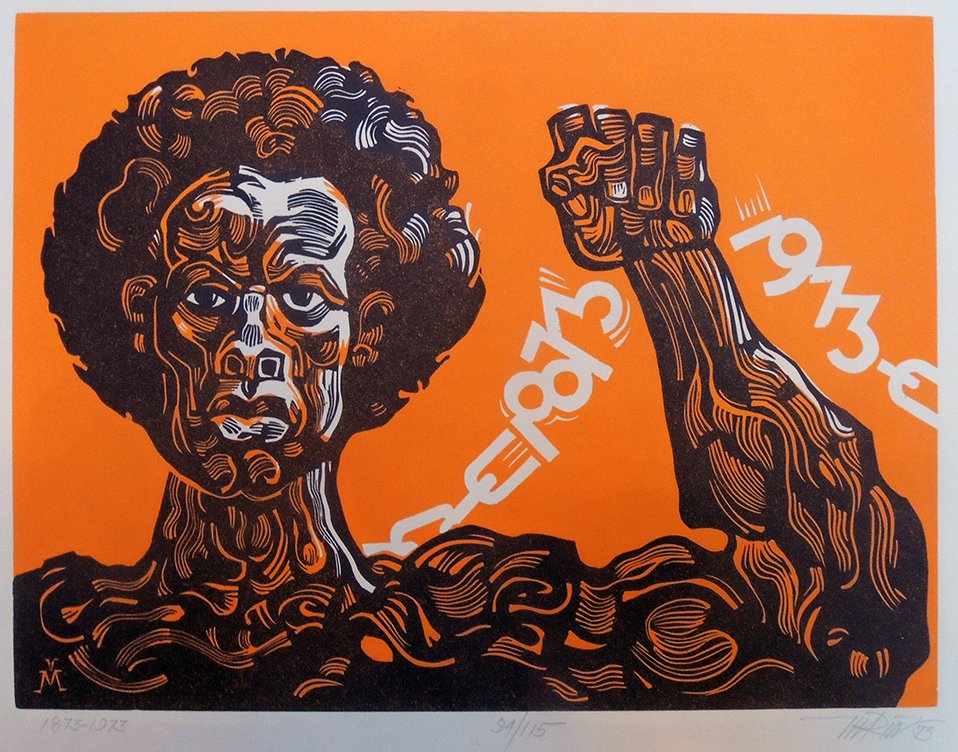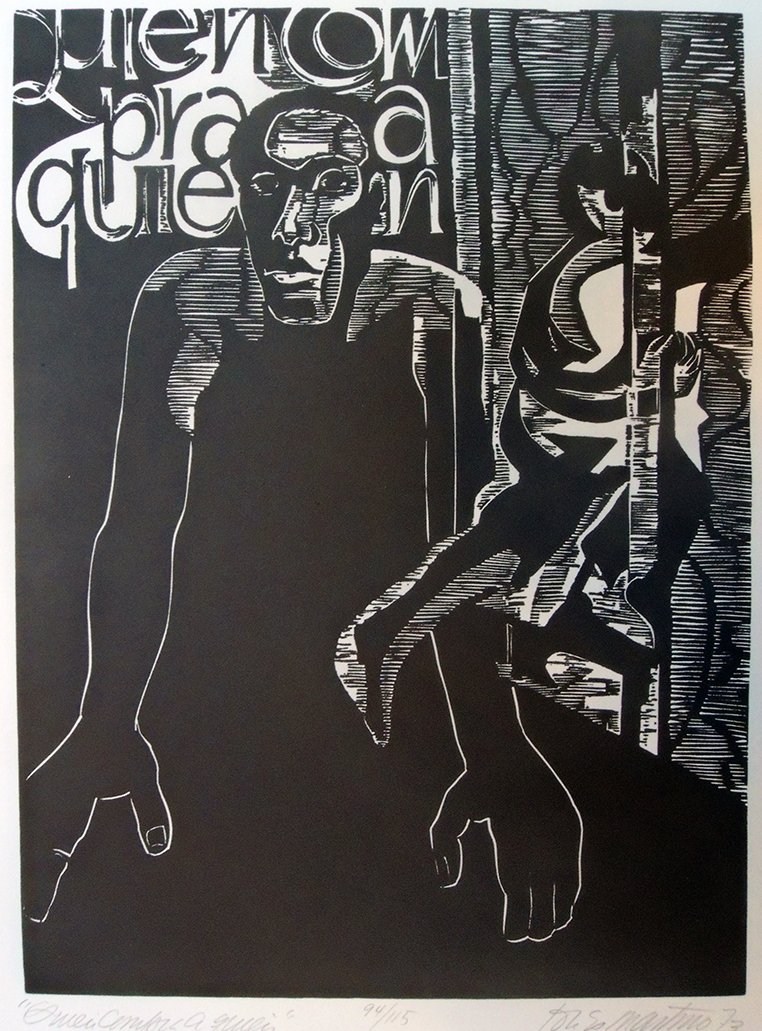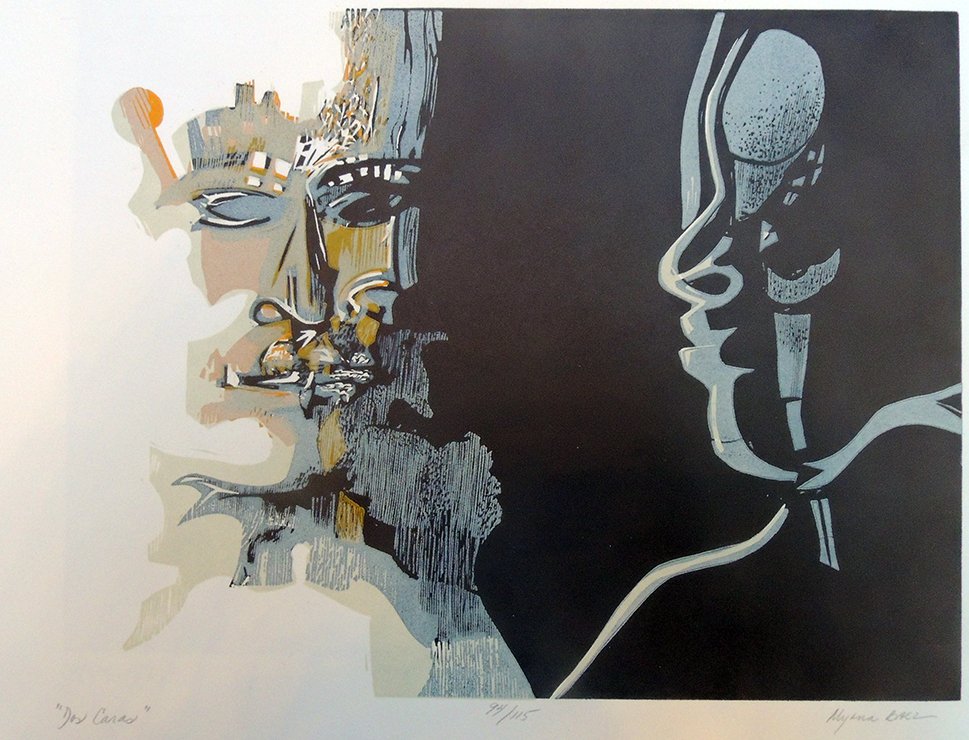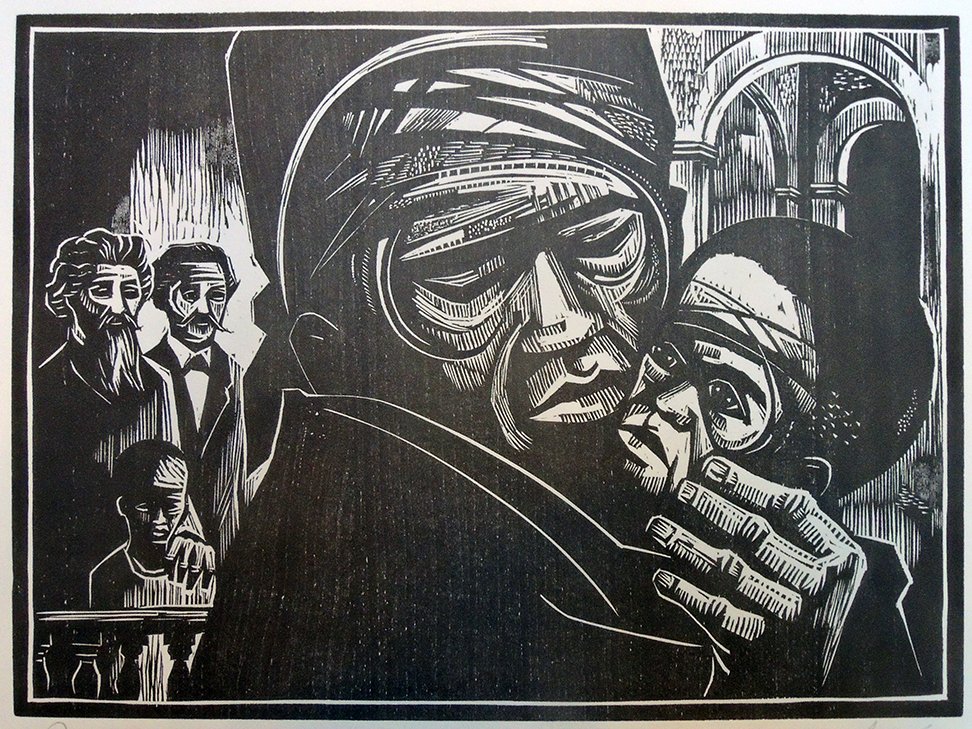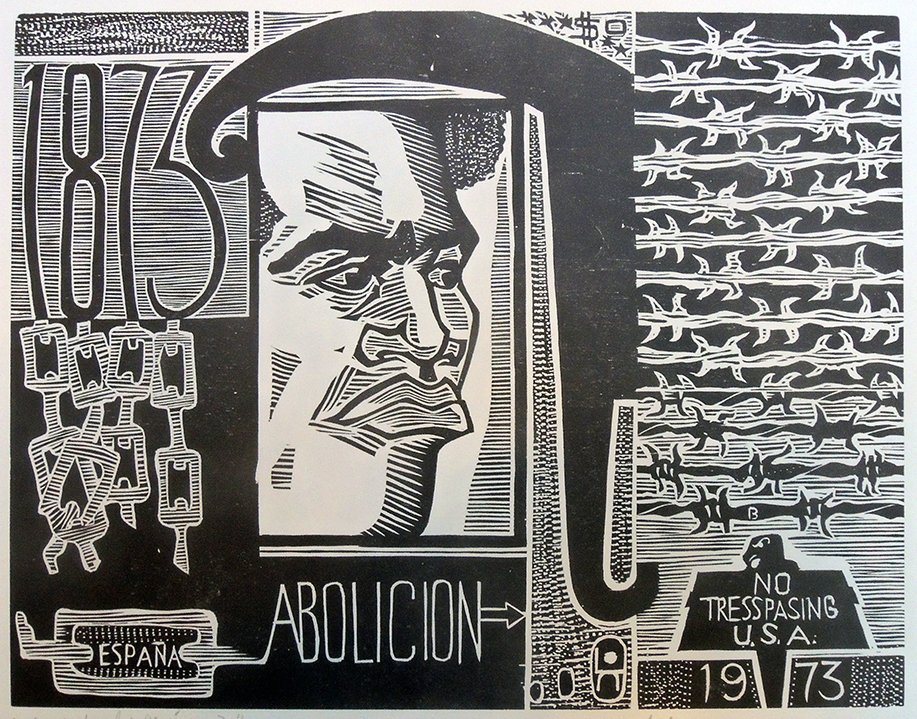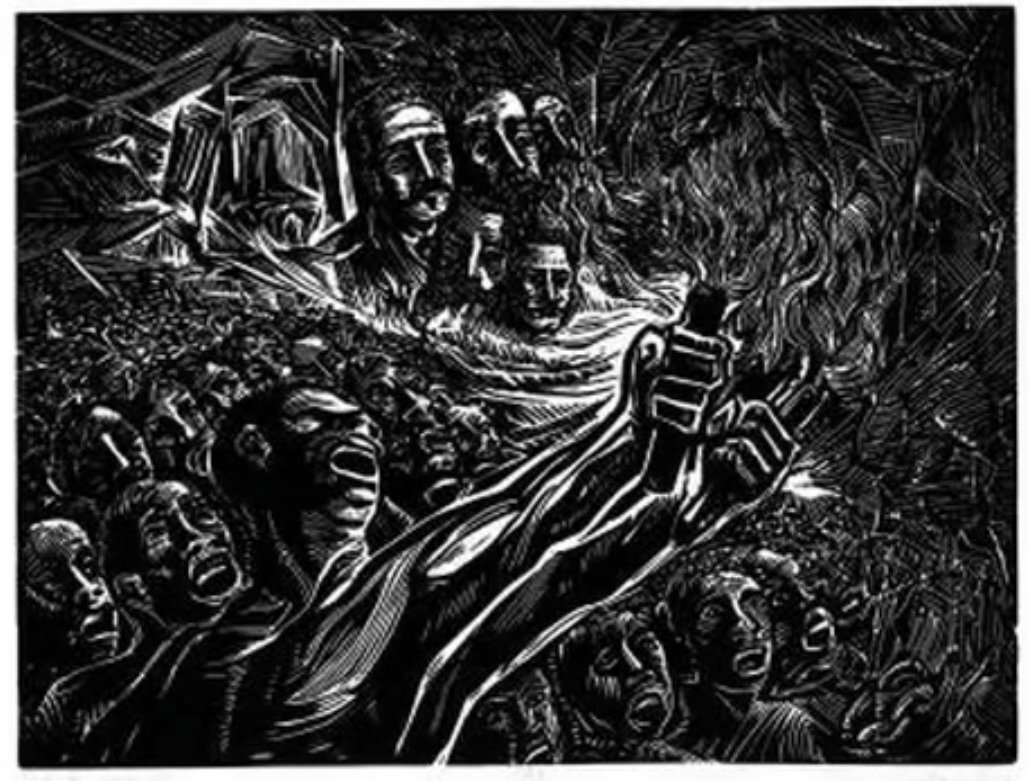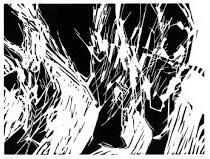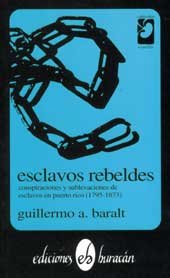In the early morning hours of January 1, 1842, enslaved Africans of Ponce, Puerto Rico were to carry out an insurrection. They weren& #39;t alone. Official documents suggest they had the critical support of militant abolitionist secret societies and the government of Haiti. 1/
While the townspeople were distracted by the New Years festivities in the plaza de pueblo, a group of conspirators would set fire to the cane fields of slaver Inés Guillermety. In the confusion, another group would loot the local armory and distribute weapons to the insurgents 2/
After the initial uprising, leader Jaime Bangua would set sail to Haiti in order to acquire more weapons needed to generalize the insurrection.
Plans were laid over 4 months of secret meetings facilitated by enslaved overseers, who allowed the conspirators to sneak out from their haciendas under cover of night.
On the morning of December 18th, less than two weeks out from the uprising, a conspirator named Isidoro was running an errand in another town and stopped to inform some enslaved comrades of their plans. One of them was Marcos, godson of the slaver Francisco Maria Tristany.
Marcos immediately told Tristany, who brought the information to the local authorities. After mobilizing local militias and a Cuban warship, the military investigated the conspiracy and executed 7 of the principal conspirators.
As to his reasoning, Marcos told the court that "his master was a very good man whom he loved dearly," and he "had no complaints against white people and held them in great esteem." As a result, Marcos was granted his freedom and 500 pesos.
Spanish speakers check out @libros787 for the above book and much more.

 Read on Twitter
Read on Twitter